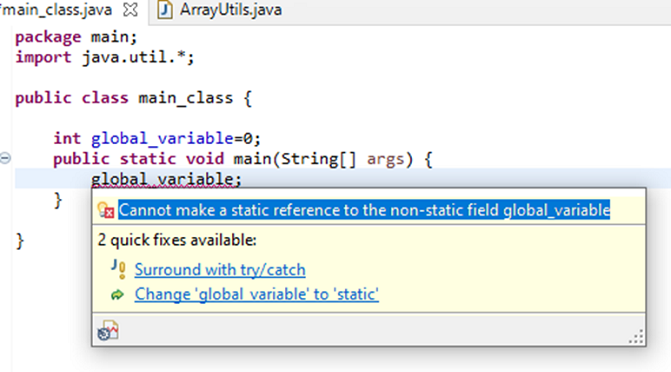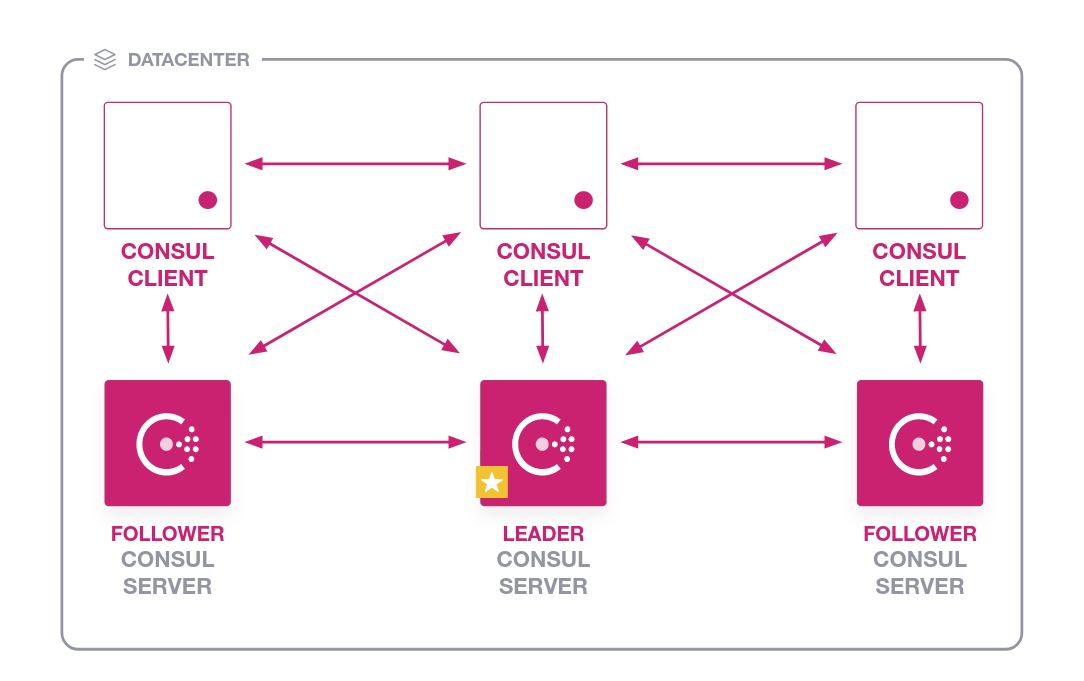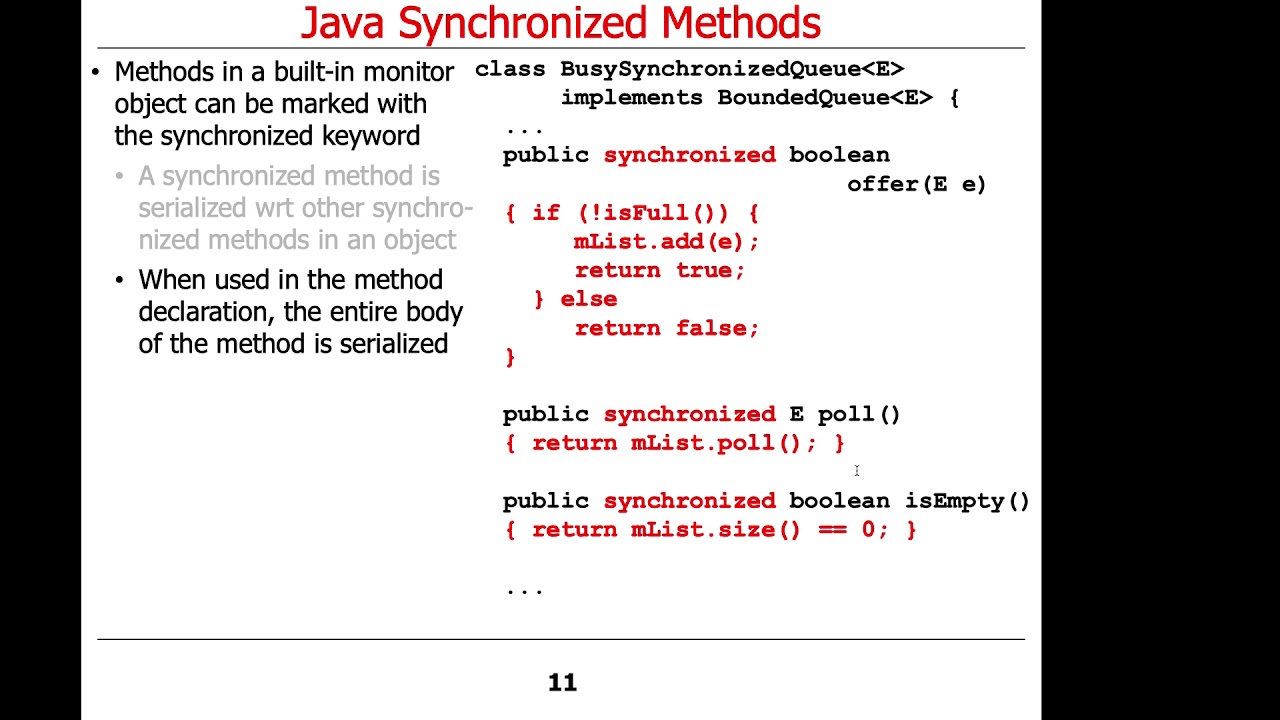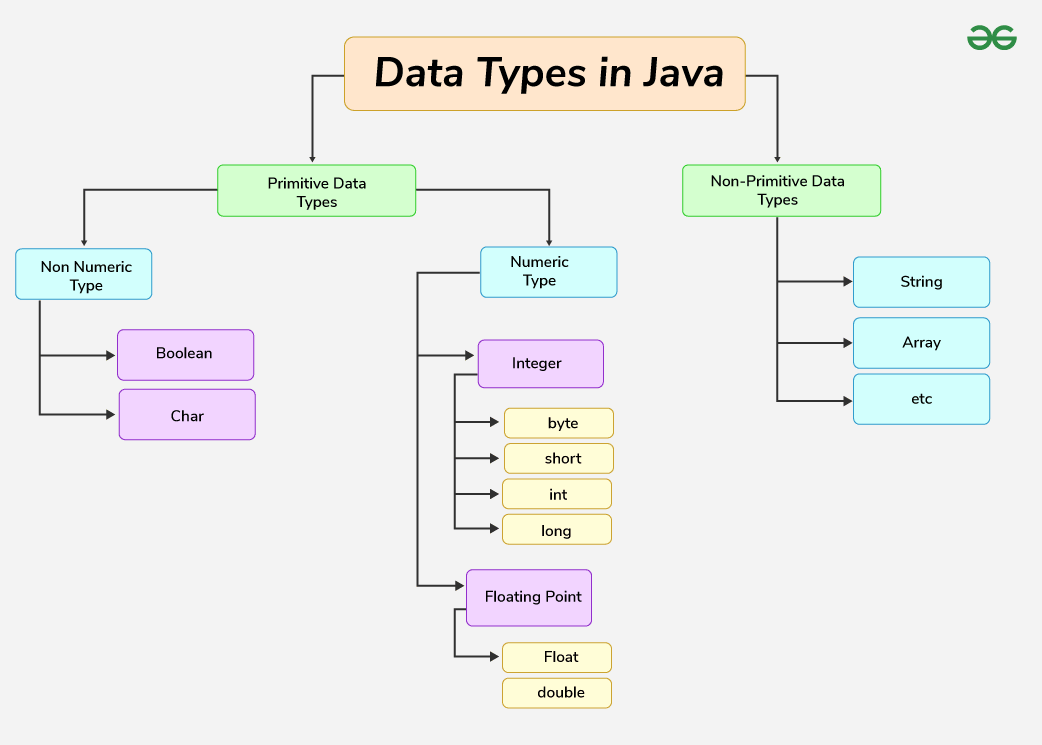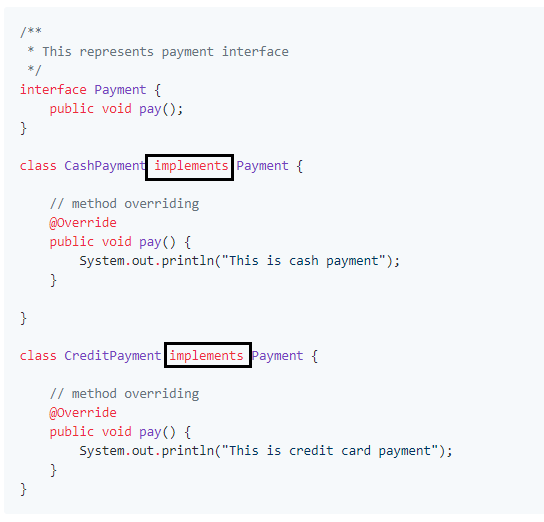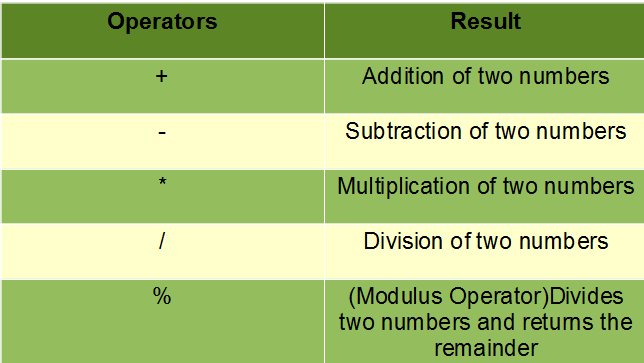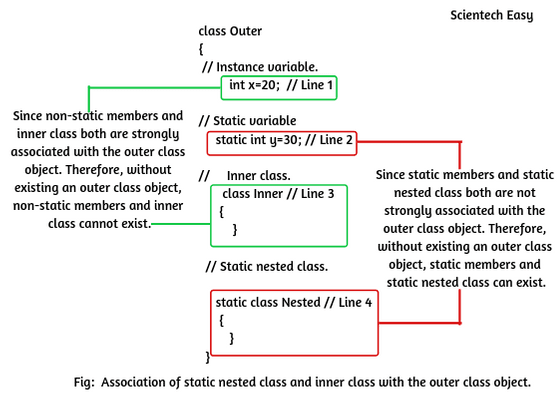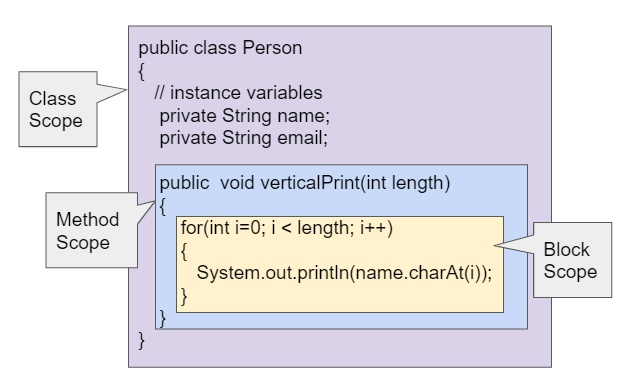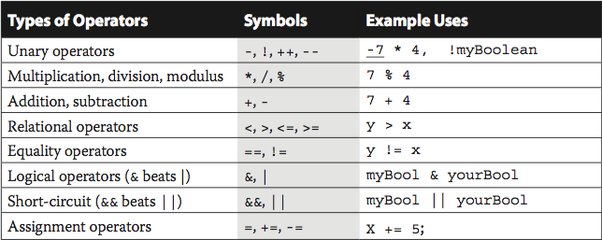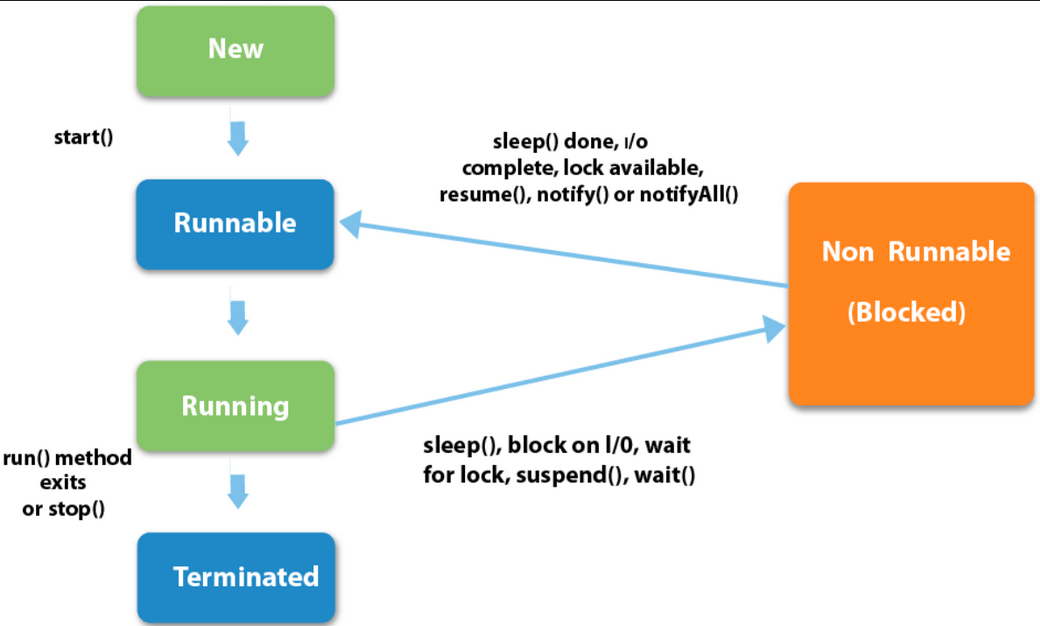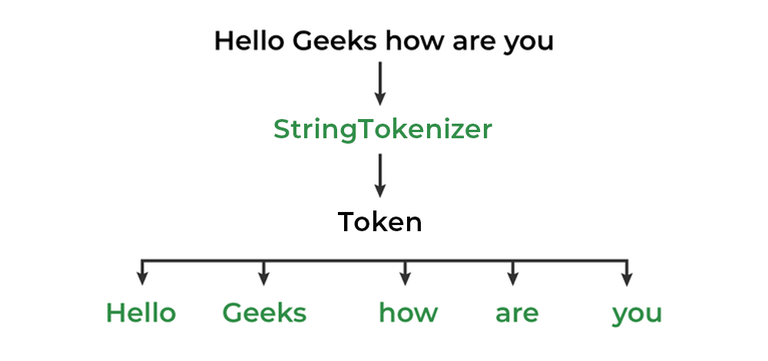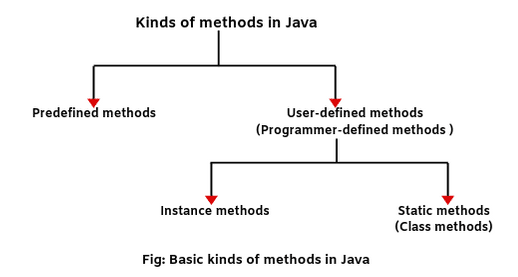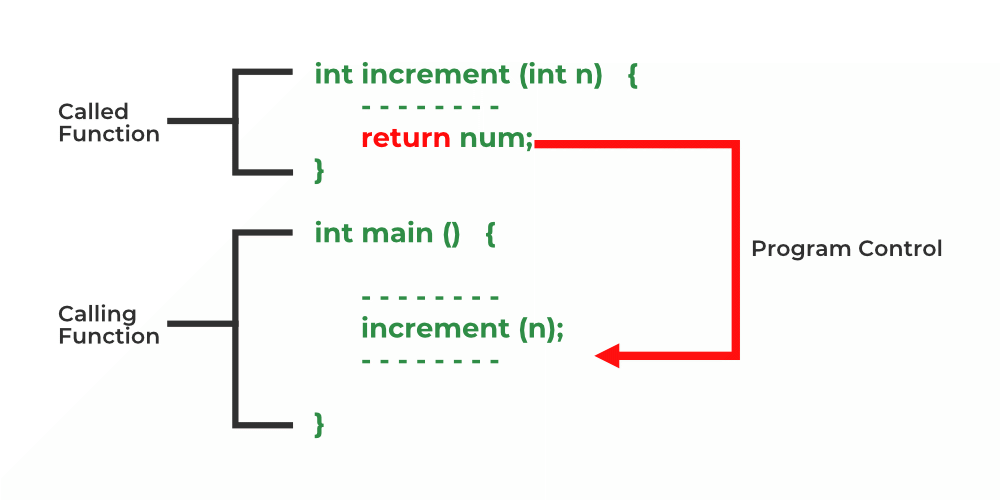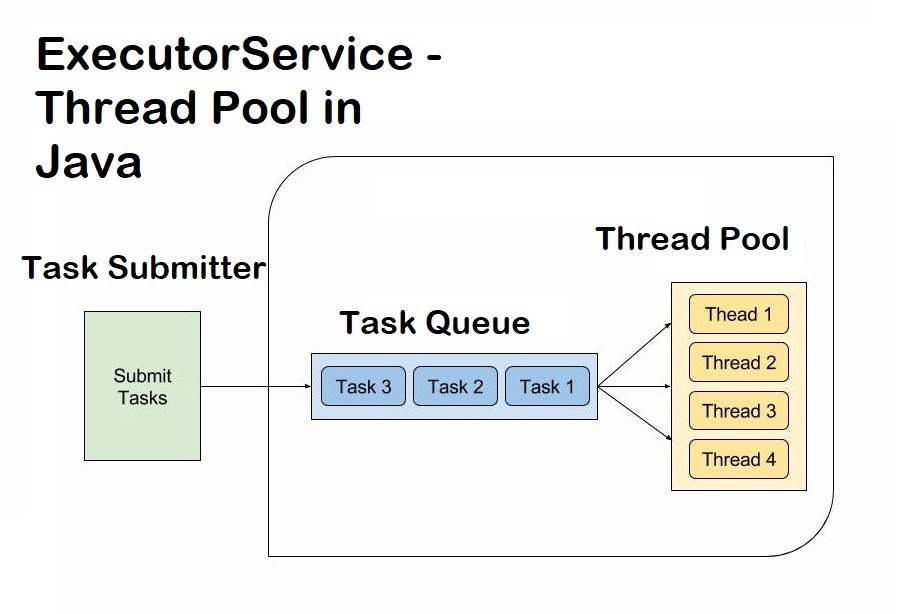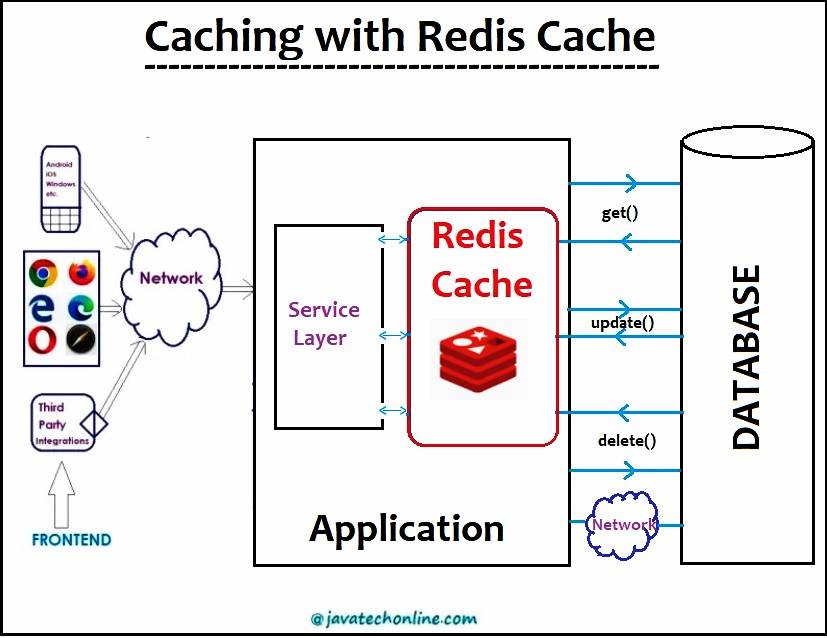Java mutex lock
Java mutex lock
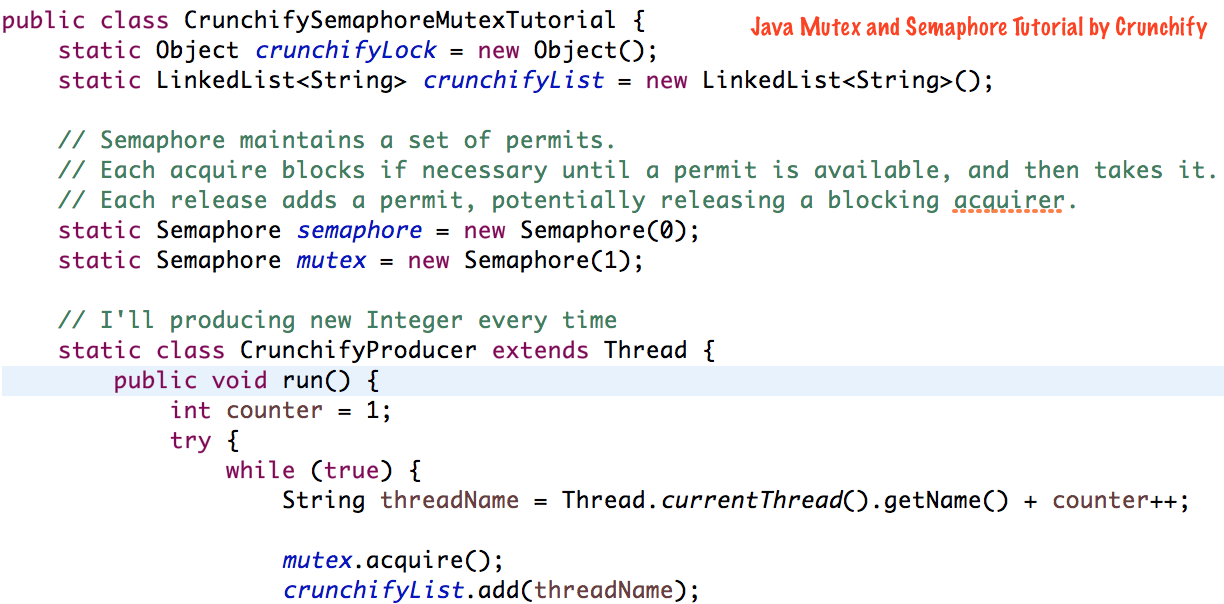
Here's a detailed explanation of Java's Mutex Lock:
A mutex (short for "mutual exclusion") is a synchronization object that allows only one thread to access a shared resource at a time, ensuring the exclusive access to the protected area.
In Java, the synchronized keyword is used to create a mutex lock. When a thread attempts to enter a synchronized method or block, it will obtain the lock if the current owner of the lock releases it (i.e., calls notify() or notifyAll()) or if no other thread is holding the lock.
Here are some key aspects of Java's Mutex Lock:
Exclusive Access: A mutex lock ensures that only one thread can access a shared resource at a time, preventing concurrent modifications or updates.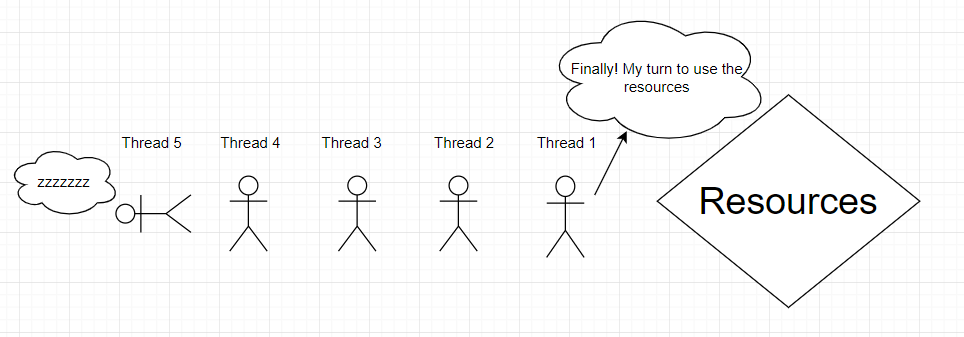
notify() or notifyAll().
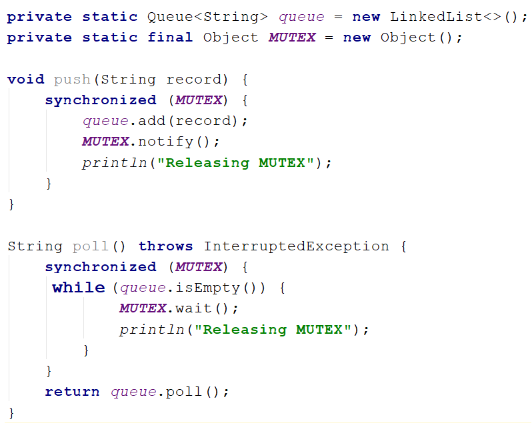
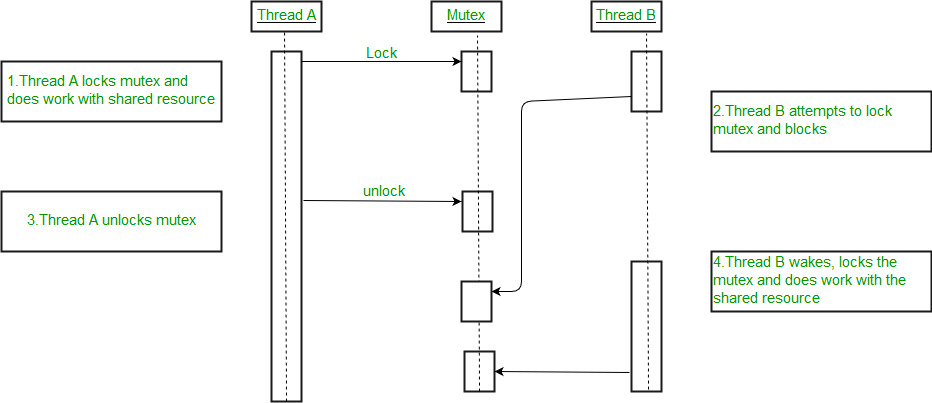
Some important methods related to Mutex Locks in Java are:
wait(): Releases the lock and waits for the specified amount of time or until another thread signals it. notify(): Wakes up one waiting thread that is blocked due to the lock.
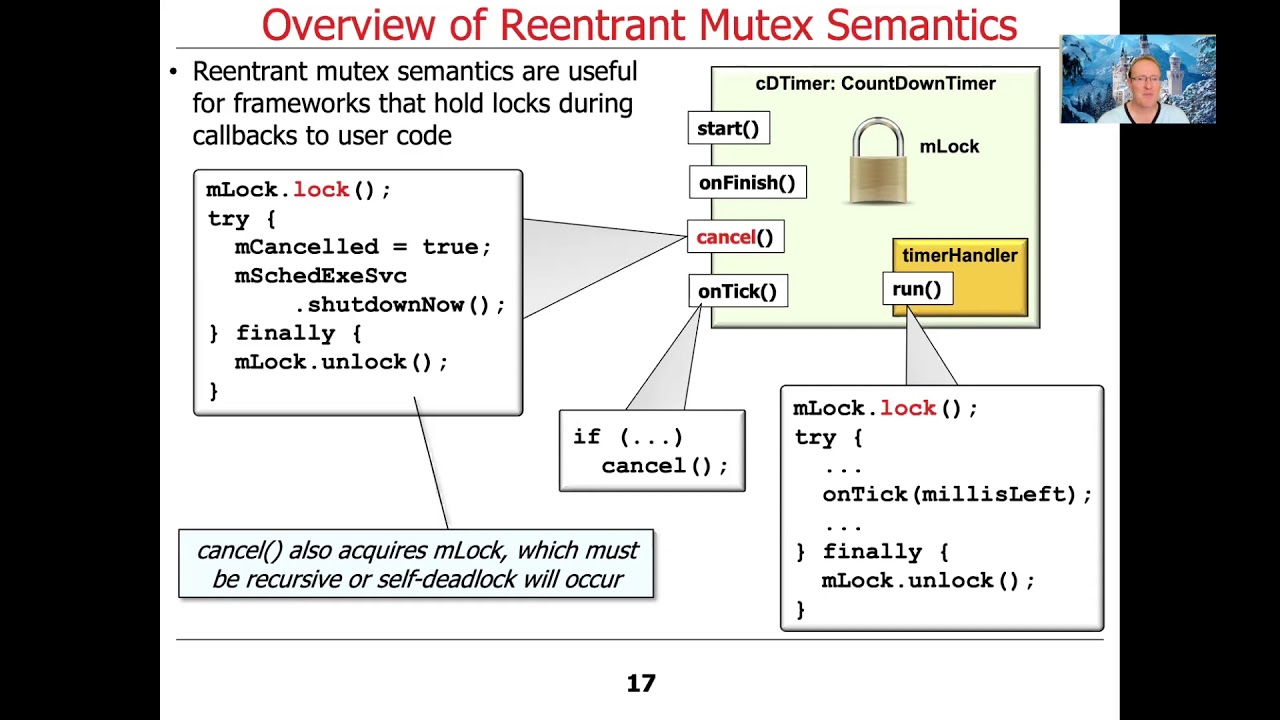
notifyAll(): Wakes up all threads that are waiting for the lock.
Here's an example of how you might use a mutex lock in Java:
public class MutexExample {
private static Object lock = new Object();
public void printNumbers(int numbers[]) {
synchronized (lock) {
for (int i : numbers) {
System.out.println(i);
}
}
}
public static void main(String args[]) {
MutexExample mutexExample = new MutexExample();
int[] numbers = {1, 2, 3, 4, 5};
Thread threadA = new Thread(() -> mutexExample.printNumbers(numbers));
Thread threadB = new Thread(() -> mutexExample.printNumbers(new int[]{6, 7, 8, 9, 10}));;
threadA.start();
threadB.start();
}
}
In this example, the printNumbers() method uses a synchronized block to ensure that only one thread can print numbers at a time. This ensures that there is no concurrency issue when printing the numbers.
Remember, Java's Mutex Lock is an essential tool for developers to create multithreaded applications where shared resources are involved.
What is a mutex in Java?

A mutex (short for "mutual exclusion") is a fundamental concept in concurrency programming that ensures only one thread can access and modify a shared resource at any given time. In Java, a mutex is implemented as an object that can be locked and unlocked by threads, allowing them to synchronize their execution.
In Java, a mutex is typically represented by a class that implements the Lock interface or its subclasses, such as ReentrantLock. When a thread wants to access a shared resource protected by a mutex, it must first acquire the lock by calling the lock() method. This ensures that only one thread can hold the lock at any time, preventing concurrent modifications or reads.
The benefits of using a mutex in Java are:
mutex helps prevent deadlocks by allowing only one thread to hold the lock at any given time. Simplifies concurrency: A mutex simplifies concurrency programming by providing a straightforward way to synchronize access to shared resources.
There are different types of mutexs in Java:
mutex, allowing threads to re-acquire the lock after releasing it. synchronized keyword: The synchronized keyword can be used to create a mutex at the method or block level, which ensures that only one thread can execute the code section at any given time. Semaphore: A semaphore is a special type of mutex that allows a limited number of threads to access a shared resource before blocking.
To use a mutex in Java, you can:
Lock interface and provide custom lock behavior. Use the ReentrantLock class as a basis for your own custom locks. Utilize the synchronized keyword to create a simple mutex.
In summary, a mutex is an essential concept in Java concurrency that enables thread-safe access to shared resources, ensuring data integrity and preventing deadlocks.
References:
"Java Concurrency Practices" by Brian Goetz "Java: The Complete Reference" by Herbert SchildtPlease note that the response will be in English only as per the request.
